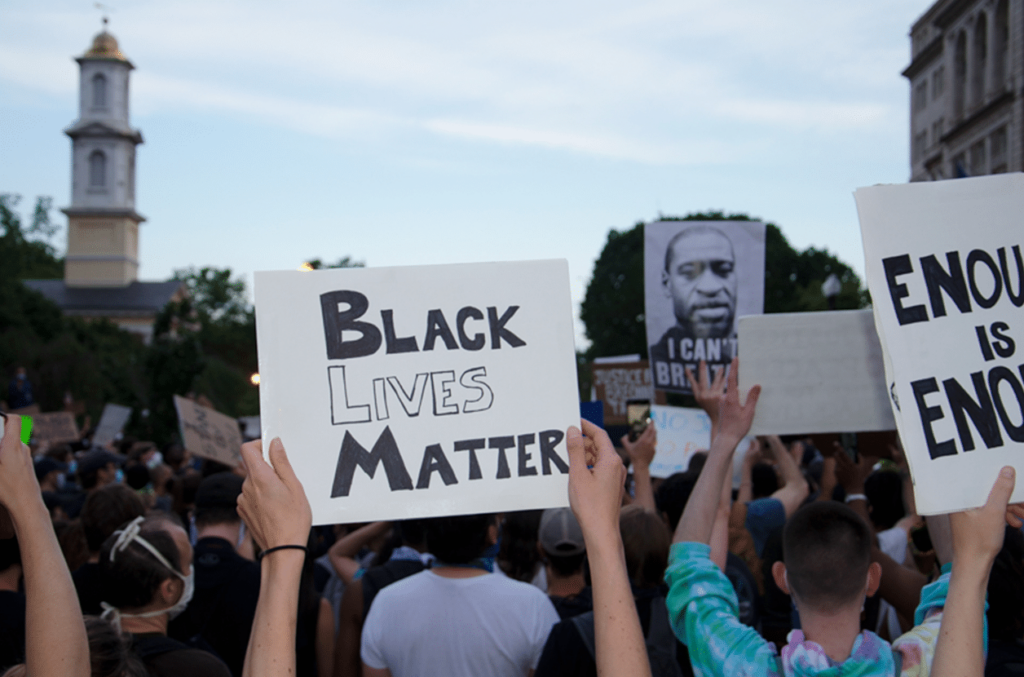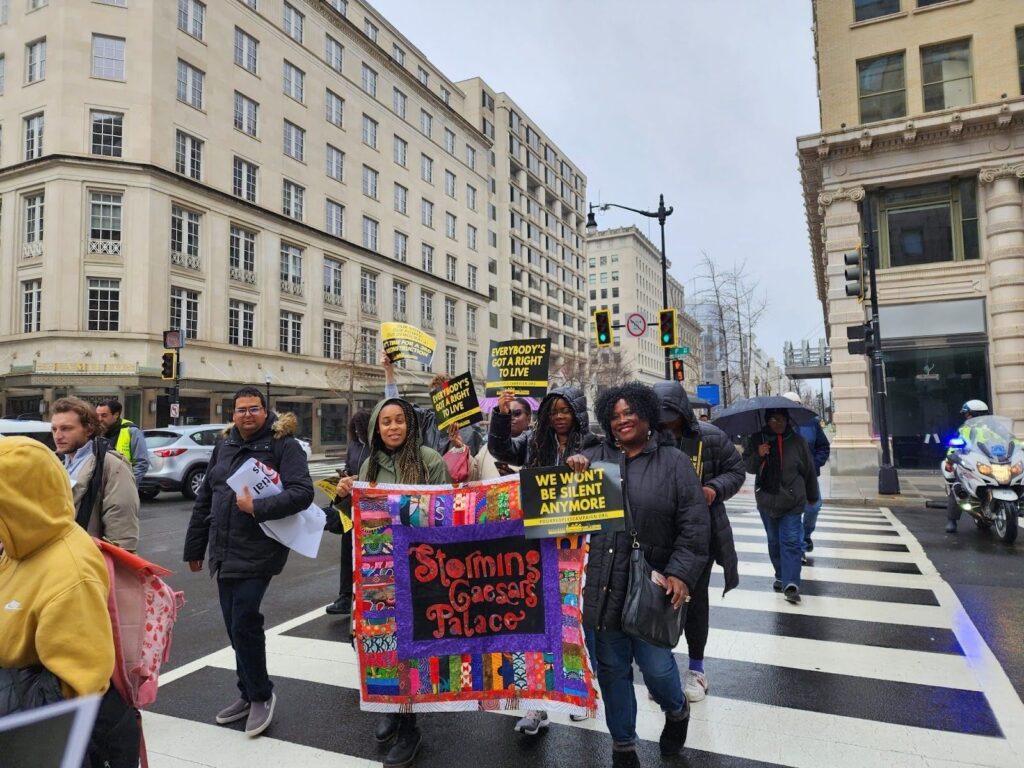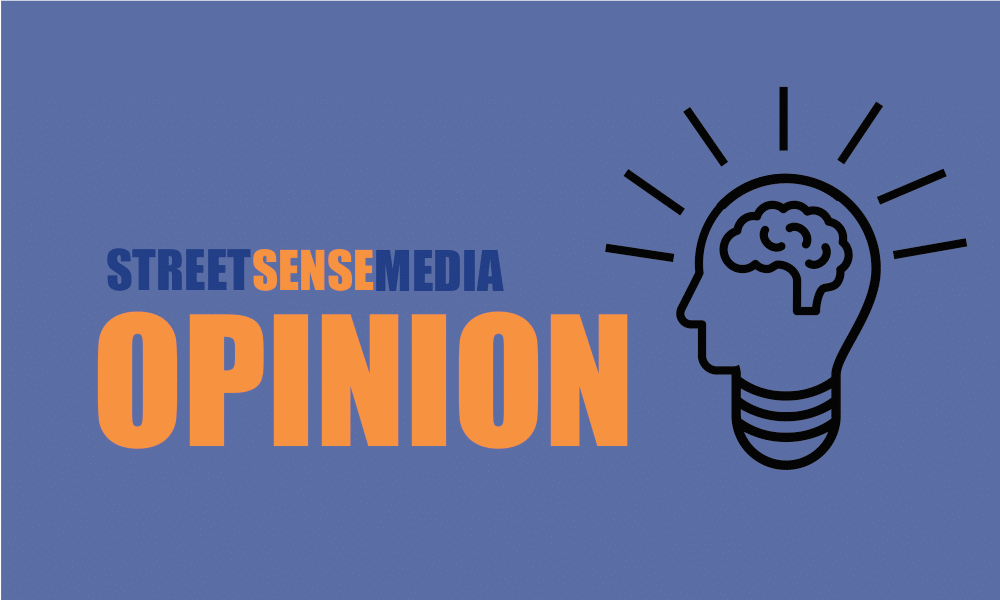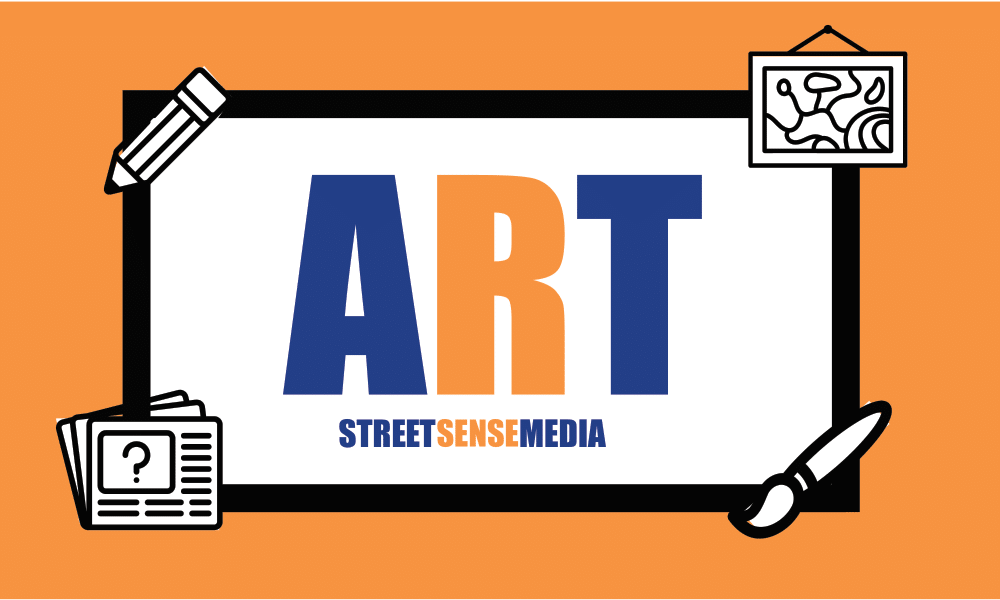T
he uprising in response to George Floyd’s death was decades, if not centuries, in the making. The way Floyd died on his stomach while a Minneapolis police officer placed his knee on Floyd’s neck conjured up the cruelty and barbarity of slavery and memories from my childhood.

I was 12 years old when Martin Luther King Jr. was murdered on April 4, 1968. King’s death hit me hard, because he was an advocate of peaceful, nonviolent protest who suffered the wrath of white supremacists for daring to stand up for the civil rights of African-Americans. Other civil rights activists assassinated during the ’60s include Malcolm X, Medgar Evers, and three young voter registration workers. In some ways, today feels like the 1960s all over again.
As a young person growing up in Los Angeles, I reached my teens and became numb to the persistent violence in everyday life. When I was a teenager, a police officer stopped me and put me in a chokehold. I stood there, indifferent to the violence being inflicted upon me. I wasn’t angry or fearful; I was numb. The officer released me with a casual smile I haven’t forgotten.
I’m 64, and I still feel as numb as I did coming of age. State-sanctioned violence and terrorist murder, like that committed by Dylann Roof, the Charleston church murderer, are as rampant as they were during the civil rights era.
The cellphone video of Floyd’s death sparked civil unrest that has gripped the nation. Young people have been galvanized by a racist, violent police system that kills Black people. They have been brought together by political disappointments that do nothing to change injustice.
In June, I joined the young demonstrators at the White House protesting Floyd’s death. The crowd looks like what America should look like: mostly young and made up of all colors and backgrounds. It is certain that the American ruling class will try and divide us. The divide-and-conquer strategy is as old as the American republic and the Constitution. Unprovoked police violence will follow.

The urgency of a better future compels us to act now. The rumble of discontent in the street is loud and furious. If America doesn’t listen to the calls for radical change, it will collapse under the weight of its history and its own indecision.
Washington, D.C., Mayor Muriel Bowser received national acclaim for renaming a portion of 16th Street NW, leading to Lafayette Square and the White House, “Black Lives Matter Plaza.” Bowser also had the slogan painted on the street, in massive yellow letters, following Floyd’s death. Those are symbolic gestures.

D.C. and other cities across the United States must take immediate action to tackle systemic racism in policing. Activists are calling for the defunding of police departments around the nation and the redirection of those funds to community services, such as education, housing, and health care.
Floyd’s death proves, however, that work needs to be done beyond reforming a broken police system. Abolishing the police does not mean the end of law and order in society. It does not mean anarchy in the streets. It means the end of racist, violent policing in the United States and the beginning of a new public safety system that protects the health, safety and well-being of Black people and all people. That future starts with community control — which means giving the people control of everything their communities need to grow and thrive, including being in charge of overseeing the police and determining how policing works in their communities. It’s why equity advocates favor funding communities, not cops.
The torch has been passed to a new generation of freedom fighters. Their aim must be to carry the light for the millions who want freedom and human rights for all.
In 1987, Toni Morrison wrote in “Beloved,” a story of slavery and racism in America: “And O my people, out yonder, hear me they do not love your neck unnoosed and straight. So love your neck; put a hand on it, grace it, stroke it and hold it up.”
The photographs in this essay were made near the White House where protesters are expressing their discontent over George Floyd’s brutal death in police custody.









